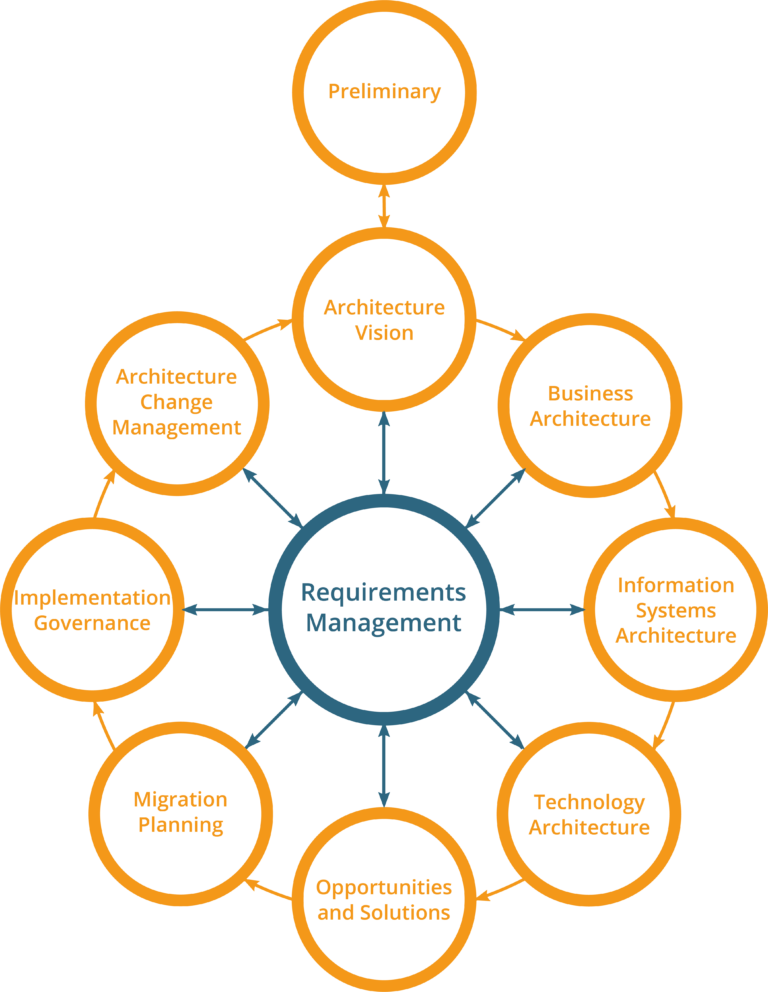Managing Your Company’s Cloud Computing Strategy
The era of cloud computing has ushered in a new paradigm for businesses, offering unparalleled flexibility, scalability, and cost-efficiency. However, managing a company’s cloud computing strategy requires more than just migrating data to the cloud; it demands a thoughtful and strategic approach. In this article, we delve into the intricacies of managing a company’s cloud computing strategy, exploring essential strategies to maximize the benefits of the cloud while ensuring security, cost control, and operational efficiency.
Defining Your Cloud Objectives:
Before embarking on your cloud journey, clearly define your objectives. Are you aiming to reduce infrastructure costs, enhance collaboration, or streamline processes? Aligning your cloud strategy with business goals provides a clear direction for implementation and measurement.
Choosing the Right Cloud Model:
Cloud computing offers various models – public, private, and hybrid. Assess your organization’s requirements, data sensitivity, and compliance needs to determine the best-fit cloud model. A hybrid approach, which combines public and private clouds, often provides the best balance of flexibility and control.
Security as a Top Priority:
While cloud computing brings numerous benefits, security remains a paramount concern. Select a cloud provider with robust security measures, data encryption, and compliance certifications. Implement multi-factor authentication, access controls, and regular security audits to safeguard sensitive information.
Cost Optimization and Budgeting:
Cloud computing can lead to cost savings, but costs can spiral without proper management. Implement budget controls, track usage patterns, and optimize resource allocation to avoid unexpected expenses. Utilize cost management tools provided by cloud platforms to monitor and manage expenditure.
Implementing Scalability and Flexibility:
One of the cloud’s greatest strengths is its scalability. As your business grows, your cloud infrastructure should seamlessly accommodate increased demands. Leverage auto-scaling features to adjust resources based on usage, ensuring optimal performance without over-provisioning.
Continuous Monitoring and Performance Management:
Regularly monitor your cloud environment’s performance and health. Utilize monitoring tools to track response times, resource utilization, and potential bottlenecks. Proactive monitoring helps identify issues before they impact critical operations.
Data Management and Compliance:
Managing data in the cloud requires careful planning. Define data retention policies, backup strategies, and disaster recovery plans. Ensure compliance with industry regulations and data protection laws, especially if dealing with sensitive customer information.
Regular Review and Optimization:
Cloud computing is not a one-time setup; it requires ongoing review and optimization. Regularly assess your cloud strategy’s alignment with business objectives and technological advancements. Optimize resources, update applications, and consider new services that enhance efficiency.
Employee Training and Change Management:
Transitioning to the cloud often requires a change in workflows and processes. Provide comprehensive training to your employees, helping them adapt to new tools and methodologies. Effective change management ensures a smooth transition and maximizes the benefits of cloud adoption.
Final Thoughts
Managing your company’s cloud computing strategy is a dynamic endeavor that requires careful planning, continuous monitoring, and a strategic approach. By aligning your cloud objectives with business goals, prioritizing security, optimizing costs, and ensuring scalability, you can harness the power of cloud computing to drive innovation and efficiency. As technology continues to evolve, a well-managed cloud strategy positions your organization to remain agile, competitive, and responsive in an increasingly digital landscape.





